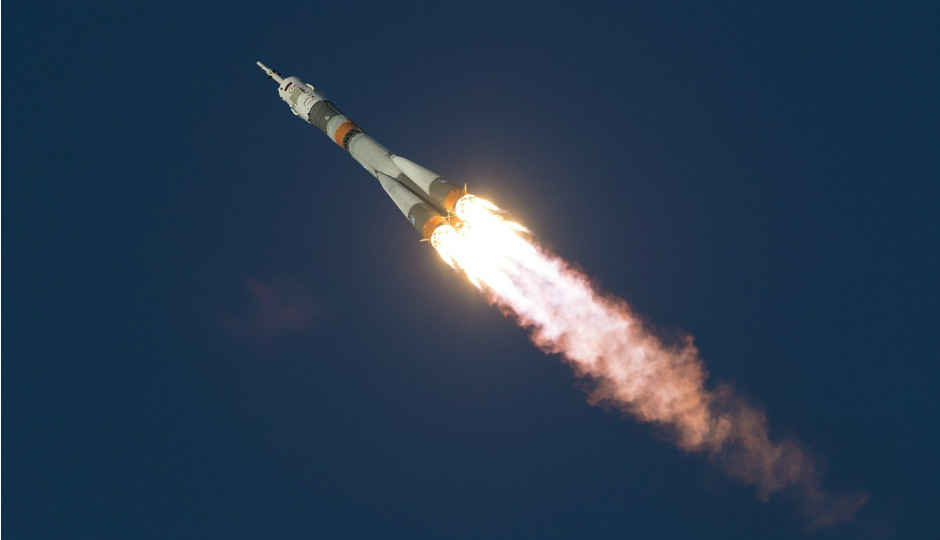 A Soyuz rocket carrying astronauts from the US, Russia, and Canada docked successfully with the International Space Station on December 3 at 11:03 PM IST (12:33 PM GMT). Russian space agency Roscosmos sent out a tweet to announce the safe arrival of the astronauts on-board. This is the first crewed mission since the major Soyuz incident in October, where two astronauts aboard an ISS-bound rocket were forced to initiate an emergency landing. “Risk is part of our profession,” said Oleg Kononenko, the Crew Commander, in a statement to the BBC. “We are psychologically and technically prepared for blast-off and any situation which, God forbid, may occur on board.” The mission was originally scheduled for a launch later in the month but was apparently moved forward to avoid leaving the ISS unmanned when the current crew returned to Earth. Though this is the first crewed launch since the incident in October, it is not the first launch altogether. An unmanned Soyuz-FG rocket delivered fuel, oxygen, water, and scientific equipment to the crew aboard the ISS in mid-November. Apart from being a scheduled supplies shipment, it served as a rehearsal for the current crewed launch. Undertaking such a rehearsal launch is understandable given how space-related incidents can really shake our confidence in our methods. The incident in October was the result of a malfunction in the rocket during the booster separation process. The cause of the malfunction was later traced to a faulty sensor that was said to be damaged during assembly at the Kazakh site. Russian cosmonaut Aleksey Ovchinin and US astronaut Nick Hague landed safely 500 kilometres north-east of Baikonur, near the Kazakh city of Dzhezkazgan, experiencing g-forces of 6.7 g during the return fall. #SoyuzMS11: CONTACT and CAPTURE!
A Soyuz rocket carrying astronauts from the US, Russia, and Canada docked successfully with the International Space Station on December 3 at 11:03 PM IST (12:33 PM GMT). Russian space agency Roscosmos sent out a tweet to announce the safe arrival of the astronauts on-board. This is the first crewed mission since the major Soyuz incident in October, where two astronauts aboard an ISS-bound rocket were forced to initiate an emergency landing. “Risk is part of our profession,” said Oleg Kononenko, the Crew Commander, in a statement to the BBC. “We are psychologically and technically prepared for blast-off and any situation which, God forbid, may occur on board.” The mission was originally scheduled for a launch later in the month but was apparently moved forward to avoid leaving the ISS unmanned when the current crew returned to Earth. Though this is the first crewed launch since the incident in October, it is not the first launch altogether. An unmanned Soyuz-FG rocket delivered fuel, oxygen, water, and scientific equipment to the crew aboard the ISS in mid-November. Apart from being a scheduled supplies shipment, it served as a rehearsal for the current crewed launch. Undertaking such a rehearsal launch is understandable given how space-related incidents can really shake our confidence in our methods. The incident in October was the result of a malfunction in the rocket during the booster separation process. The cause of the malfunction was later traced to a faulty sensor that was said to be damaged during assembly at the Kazakh site. Russian cosmonaut Aleksey Ovchinin and US astronaut Nick Hague landed safely 500 kilometres north-east of Baikonur, near the Kazakh city of Dzhezkazgan, experiencing g-forces of 6.7 g during the return fall. #SoyuzMS11: CONTACT and CAPTURE!from Latest Technology News https://ift.tt/2KWioak

No comments:
Post a Comment